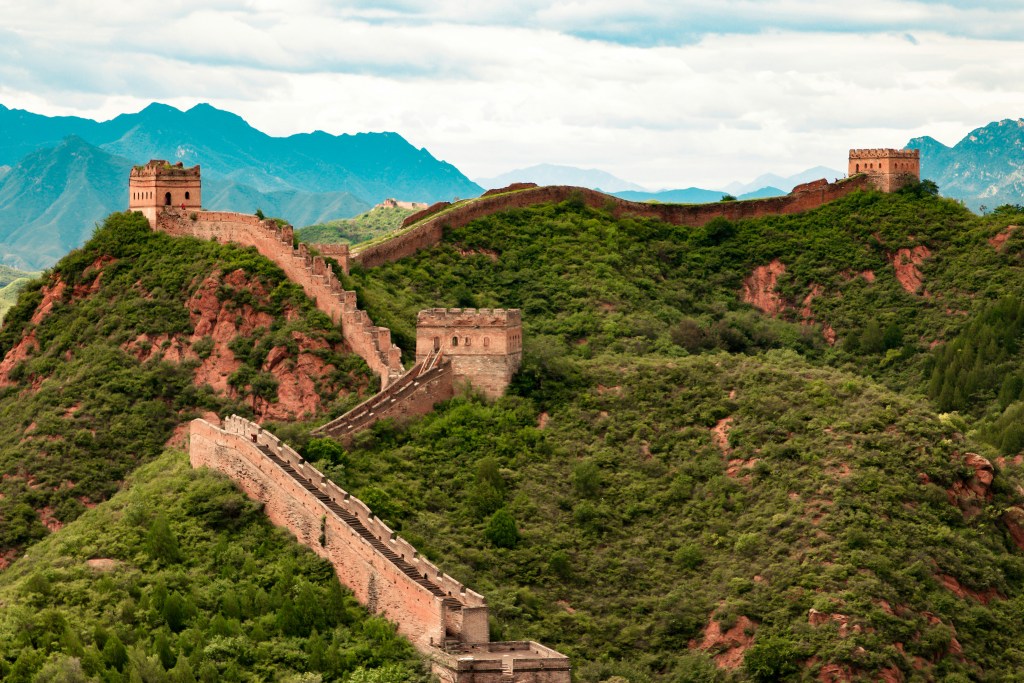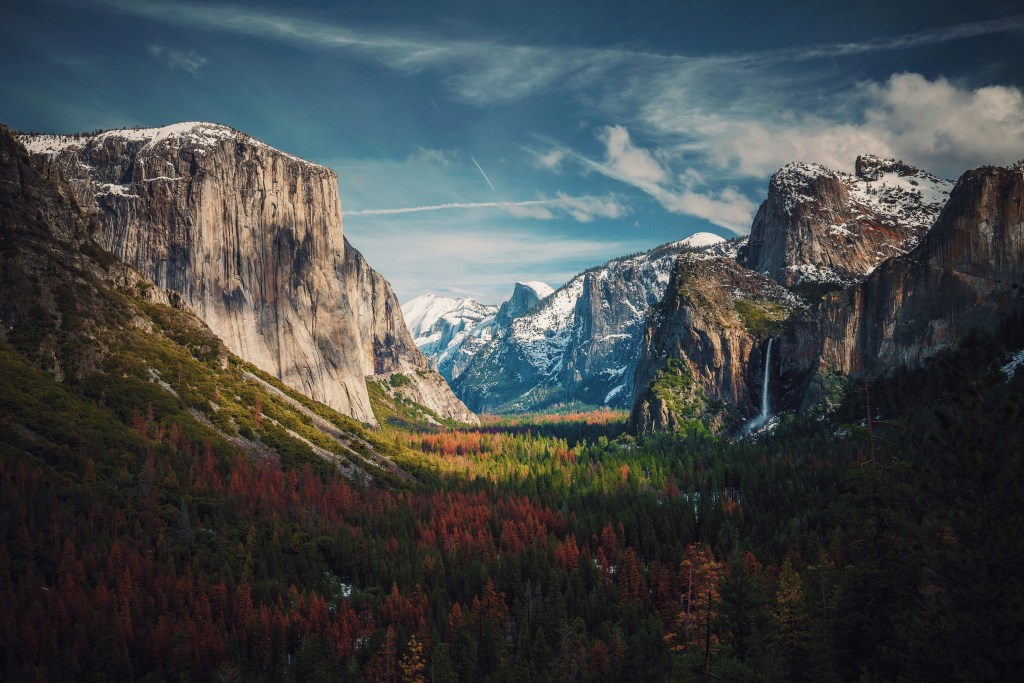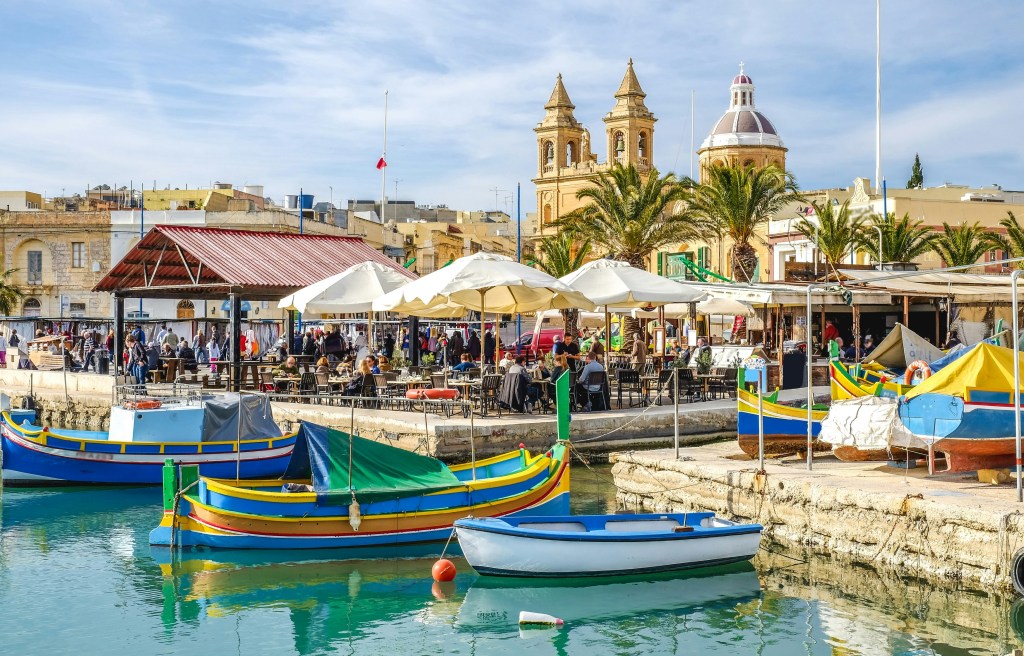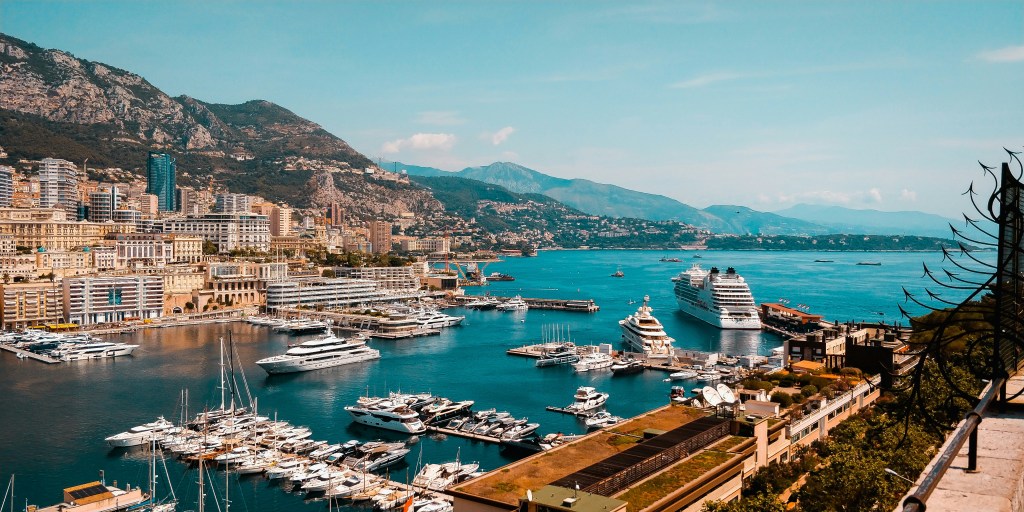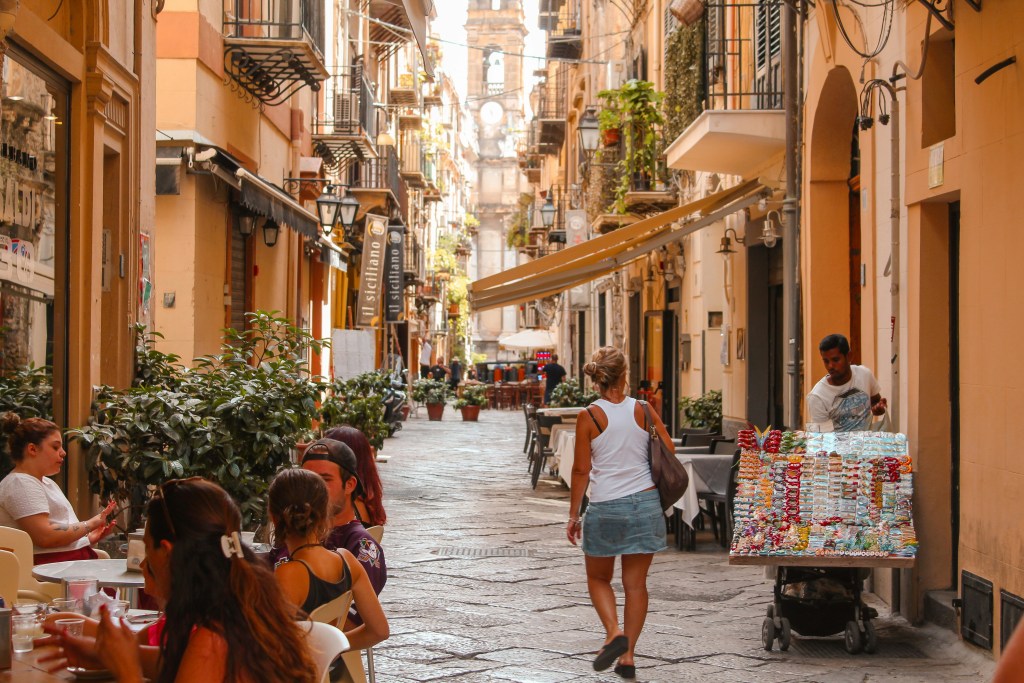I left my home in Missouri when I was 18 years old.
Since then, I’ve lived in places like Costa Rica, Thailand, Taiwan, India, and Australia. Back in 2018, I immigrated to Barcelona and have been here ever since.
Aside from challenges like figuring out how to pay taxes, finding cheap flights, and understanding the intricacies of time zones and time changes, there are social challenges.
Namely, figuring out how to make lasting friends as a traveler.
The main challenge is communication, as there’s almost always a language barrier. Americans are pretty lucky in this regard; most people around the world speak a bit of basic English. We’re also unlucky in this regard; we lack exposure to other languages, which makes learning new ones even harder.
Second, cultural differences affect how people relate to one another. Even small things like showing up on time or arriving late can cause misunderstandings. Aside from that, cultural differences also dictate when and how we make friends.
These two factors—language and culture—make it hard to make long-term friends.
But not impossible.
I’ve got a few suggestions if you want to up your social butterfly game while on the road, whether living internationally full-time or simply passing through while on a solo trip. Here’s how you can make friends wherever you wander.
Join a coworking space
A significant and growing number of travelers today are digital nomads. These remote workers have one major resource at their disposal when it comes to making friends: coworking spaces.
Around the world, coworking spaces have opened up to provide flexible offices for remote workers. In counties like Portugal, where digital nomad visas are live, you can find these just about everywhere.
Best of all, many coworking groups organize social events. After all, the average digital nomad wants more than a desk and a quiet room. They’re probably also looking to network with like-minded professionals, expand their business, and even make friends.
Here’s a good resource for digital nomads looking for coworking spaces:
Use social apps & dating apps
If you’re not planning to work while abroad, then cross coworking spaces off your list.
By far, the most direct way to meet like-minded individuals while on the road is through social and dating apps. Depending on where you’re going, you might be able to use your favorite apps from back home.
However, you might also need to download a more local option. Luckily, there are more and more social apps that are geared toward travelers, which greatly simplifies finding the right social outing.
Just be wary of who you meet up with and where, just like at home.
Join a language exchange
You can find a language exchange in almost every city in the world.
English speakers shouldn’t face any trouble finding a program that’s geared toward their mother tongue. However, it’s still worth pointing out that you might need to pay for a language exchange and dedicate a good amount of time and effort to each session.
In other words, it’s not just about casual fun.
Still, language exchanges are a fantastic way to expand your social circle—and also improve your language skills. With a language exchange, you’re also more likely to meet local people.
Like any traveler knows, meeting locals will literally and figuratively open doors to a community. If you’re moving to a new city permanently, then this should be a top focus in terms of how you make new friends.
*I recommend looking into language exchanges on a city-by-city basis rather than seeking out apps or official language exchange tours. These can be found in community centers, schools, and similar locations.
A final note: expat groups vs. local hubs
As outlined above, I’ve spent a good chunk of my life wandering the globe. Many cities I’ve visited have ex-pat communities. Some are integrated into the larger population, while others seem distinct.
Off the top of my head, I remember Chiang Mai, Thailand being a place where ex-pats and locals mingled. Many built families together, started businesses, and otherwise lived blended lives.
By contrast, I found Tangier, Morocco to be much different. There was a pretty clear-cut line between where ex-pats hang out and where locals live. I assume this harkens back to the French colonial history of the city. Regardless, I wasn’t a fan of the division.
If you’re going to spend time with an ex-pat group while traveling, you might close yourself off to other relationships.
I think it’s normal to seek out the comforts of home—but I would caution you against avoiding local hubs in lieu of ex-pat hotspots. After all, you can’t truly understand and appreciate a place unless you understand its people.
So, my final piece of advice about making friends abroad is this: try to notice where the locals hang out and start rubbing elbows there. You might get an invitation to join a football game, play some dominoes, or other mellow activity that lets you meet new people.

